Series of posts, on here, always seem to take me longer to write than I had planned. It’s now, ooh, at least six weeks since I wrote the first post in this series, so I really should tidy it up and finish it off. For people who aren’t regular readers: some time ago, a Jewish Studies professor called Tudor Parfitt made a documentary about the lost Ark of the Covenant, the Biblical artefact which starred in Raiders of the Lost Ark, which in reality has been missing for well over 2 millennia. Professor Parfitt’s theory is that, although the original ark is probably long destroyed, it passed into east Africa, into the possession of a Jewish tribe there called the Lemba, and that its replacement is a war drum now sitting in storage in an Harare museum. Feel free to go back and read what I’ve written so far, if you’re a new reader.
All that is so well and good. It may well, indeed, be true, so far as I’m concerned. However, that’s not the end of the theory. Its logic goes as follows: the ark’s descendant is a war drum; therefore, the original ark must have been a drum too. Even though all the evidence for its existance states that it wasn’t a drum, a drum it is now, so a drum it must have been. In part three, I discussed how, in some ways, this theory is typical of what I suppose you could call “primitive archaeology”: the traditional diffusionist archaeology that held sway until the 1960s. Change was seen as a hard thing to do, and the possibility of cultural change tended to get swept under the carpet.
Change happens, though, in the real world: we can see it every day. It’s hard to see it occurring in the archaeological record, though; and very hard to determine its cause. Archaeological change and historical change are very different beasts.
There is one case in the British archaeological record where archaeology and history match up, and together provide evidence for inward migration. It’s in a small area of East Yorkshire, and archaeologically it’s known as the Arras Culture. It’s distinctive because of its chariot burials, unique in Britain. The nearest parallels are with similar cemetaries in the Ile-de-France region and the surrounding area.* Some of the riding gear buried with the chariots – the bits, for example – also resemble continental riding gear more than British.**
Fast forward to the end of the Iron Age; and the Romans arrive in the area. They have historians with them, and said historians write down the names of the various British tribes that the Romans encounter. The tribe that lives in East Yorkshire? They’re called the Parisii. They’re not the only tribe of that name, though. The Romans had discovered Parisii before, in the Ile-de-France, where they even had a city named after them.*** On the face of it, then, an obvious link. One of the few clear examples of cultural change in the British archaeological record which has matching historical evidence for a migration.
It’s not quite that simple, though. The Yorkshire Parisii and the French Parisii both buried people in chariots, and they used similar riding gear. But if you put a Yorkshire horse bit next to a French horse bit then, although the Yorkshire one looks suspiciously Continental in its general design, it’s still also clearly separate from the French one. Its detail design work will still be distinctively British. Overall, the Arras Culture is something of a hybrid of British and Continental Iron Age styles.
How does this fit in with Tudor Parfitt’s Ark of the Covenant theories? Well, archaeologists have tried to explain the Arras Culture in various ways other than straightforward migration. For example, a British tribe might have been trying to adopt Continental styles and fashions.**** Or, it might reflect a limited migration: a small number of leaders move, bringing their technology with them; but the craftsmen and engineers doing the actual work are British and use the same styles as their ancestors did. And, curiously, this is exactly what the Lemba say happened to them. A small number of priests came down from the north, bringing with them Jewish traditions, laws, and their holy war drum.
It’s entirely possible that this happened. There aren’t many other ways to explain the Lemba’s existence, after all. However, we do know that the priests from the north didn’t bring all the Jewish traditions with them. The Hebrew language, for one thing: the Lemba speak a Bantu language. Just like in Yorkshire, the new leaders brought with them the outline of a culture but not the detail. They brought with them an idea of the Ark, if not the Ark itself, as a holy object through which God could speak and smite, to be carried into battle in front of the tribe. But the concept of the Ark as a reliquary didn’t survive. In the Lemba culture, it became a drum, the literal and thunderous voice of God.
Professor Parfitt is forced to admit that the Harare drum is definitely not the Biblical Ark, because, being wood, it’s straightforward to date. He wants to stick with the idea, though, that the Harare drum is as close to the real Ark as we can get now. It may well be the closest surviving object to the Ark we have, yes. But that doesn’t mean that the Ark was always a drum. Cultural change happens, details of culture get left behind, and things change and adapt. The Lemba’s religion isn’t Judaism as the rest of the world practises it: it is Judaism filtered and absorbed through a small group of priests and the African tribe they evangelised. There’s no reason why we should follow their lead and say that the Ark of the Covenant was a drum, when the rest of Judaism***** says it was a reliquary. Tudor Parfitt’s theory may be partly right, but it is also very flawed, because of his inability to consider how the Lemba culture developed, and how cultures can adapt and change.
* Confusingly, the “Arras Culture” name is nothing to do with France at all; it refers to a place in Yorkshire.
** Specifically: the number of joints in the bit mouthpiece.
*** It’s still there today, apparently.
**** Even today, I can see why, if you came from Hull you might want to imagine you were from Paris instead.
***** Not to mention Christianity, and Islam.
Keyword noise: Africa, archaeology, Ark Of The Covenant, Arras Culture, Britain, Channel 4, documentary, East Yorkshire, Harare, Hull, Iron Age, Israelites, Judaism, Lemba, Parisii, television, Tudor Parfitt, Wetwang, Yorkshire, Zimbabwe.

 Home
Home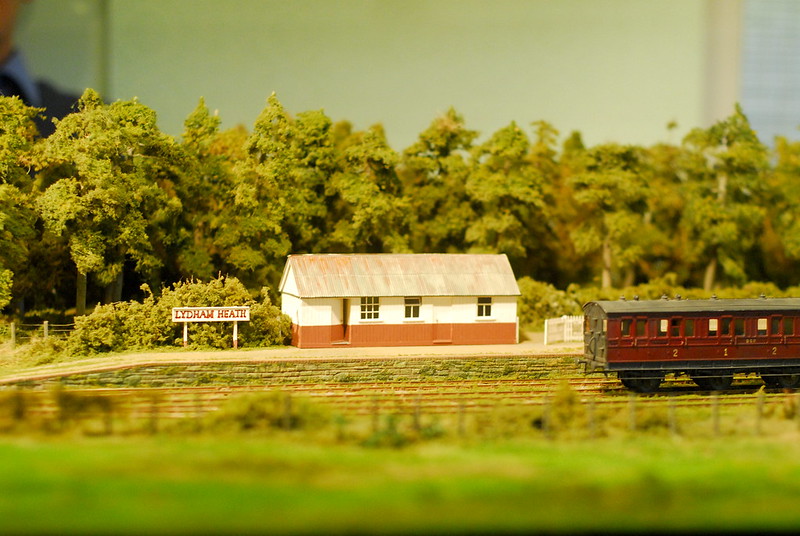
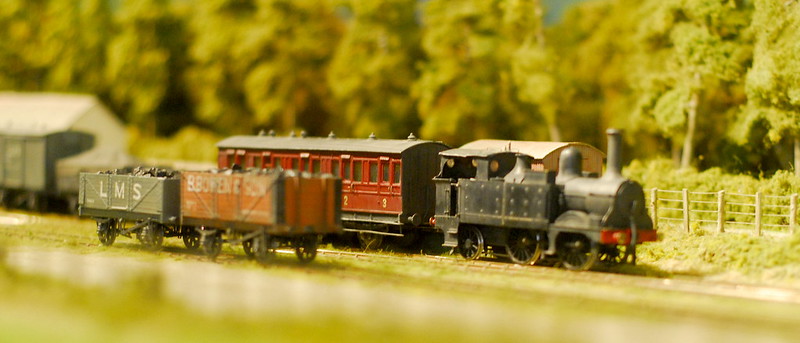
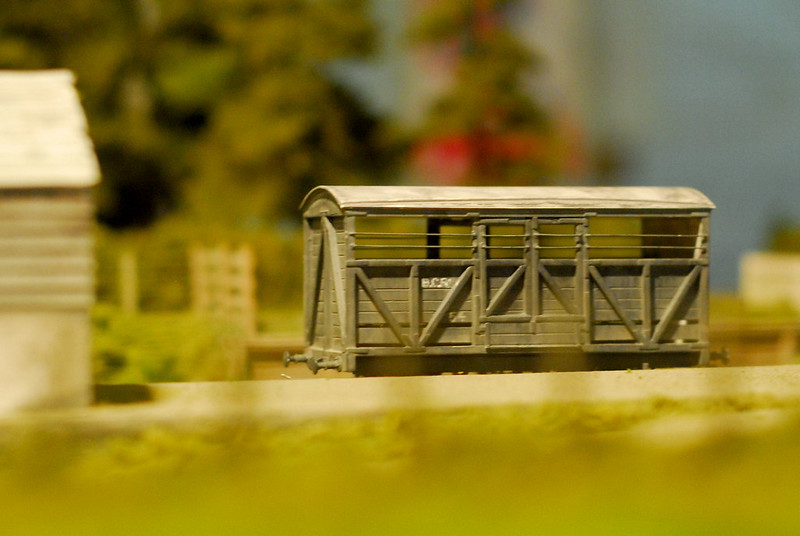
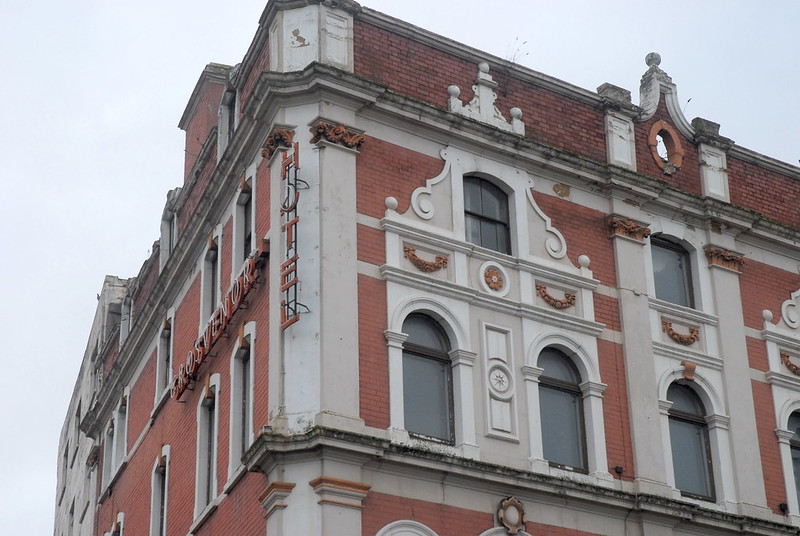
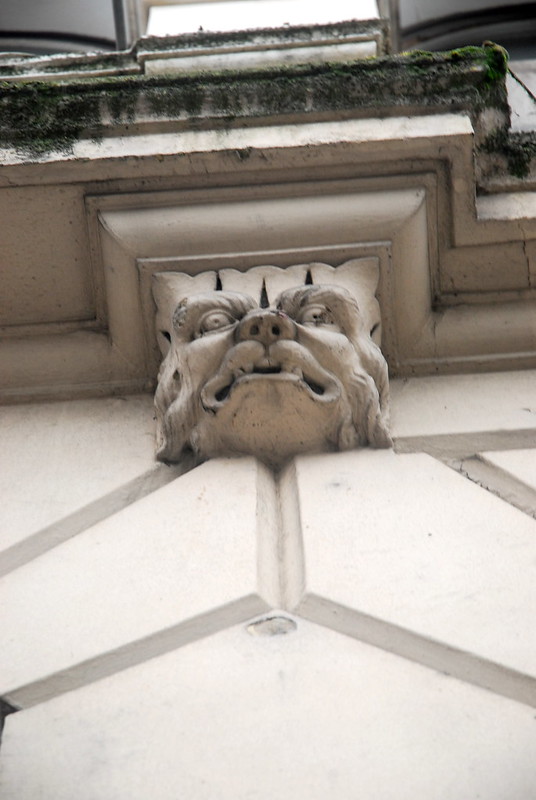
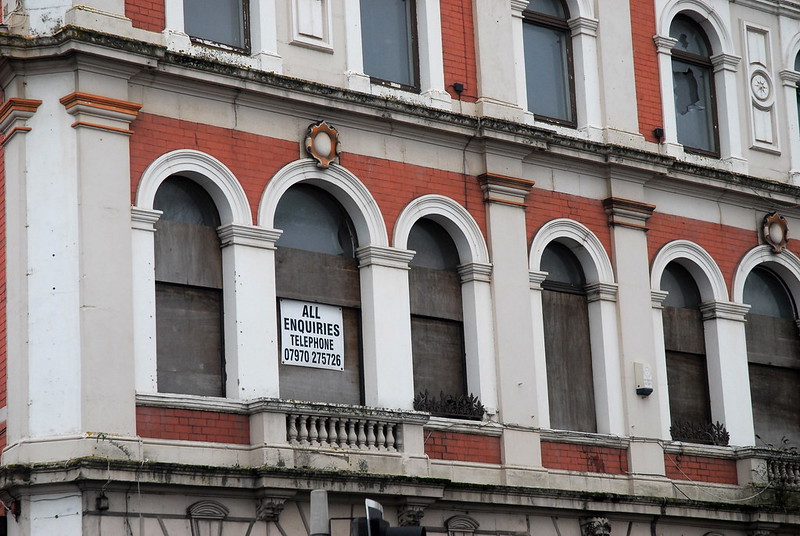
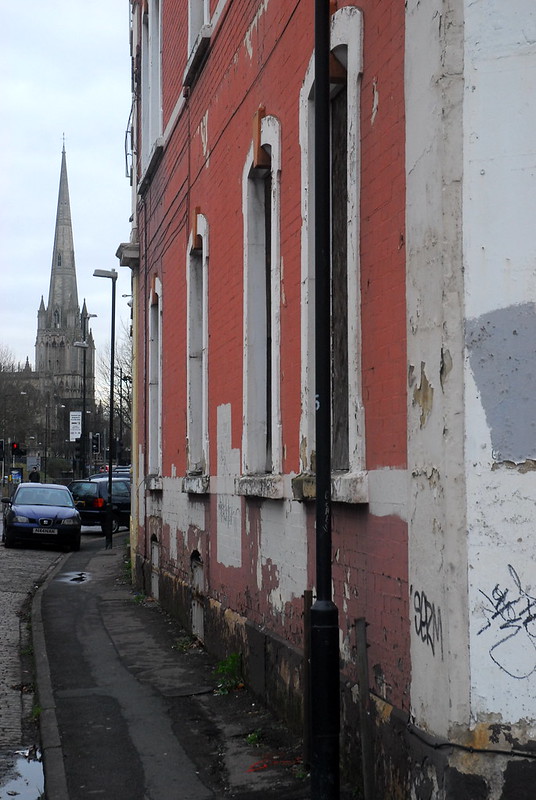
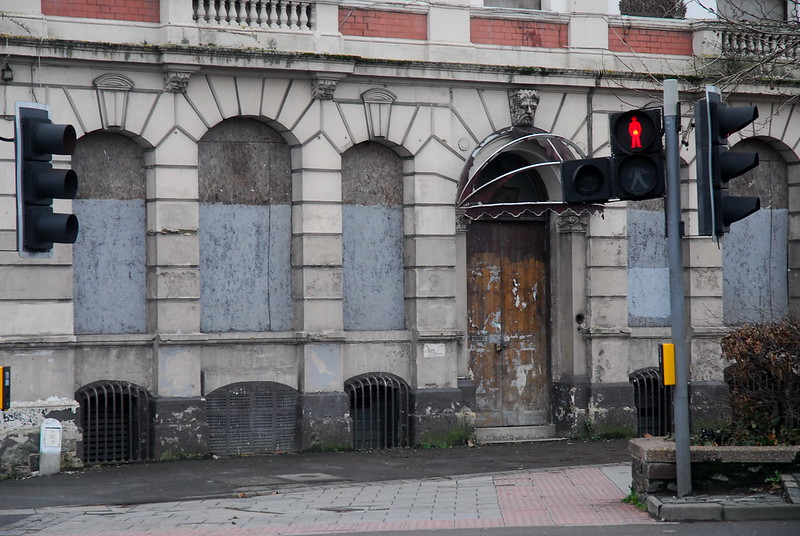
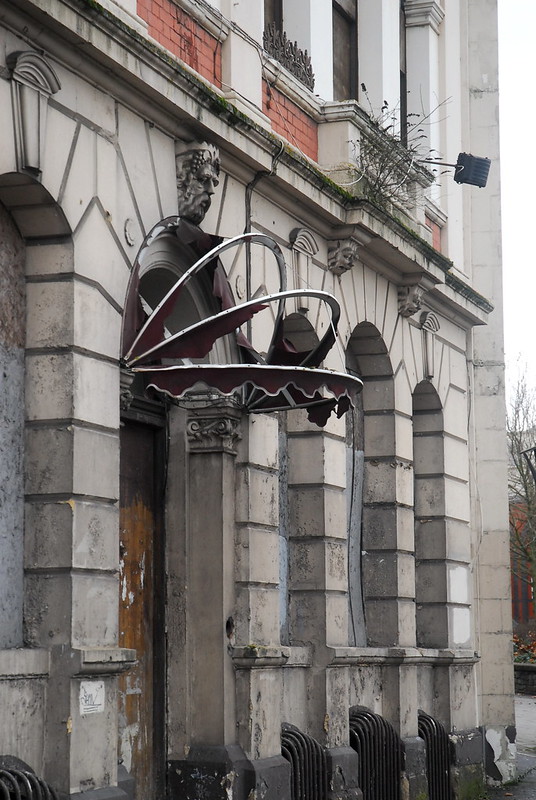
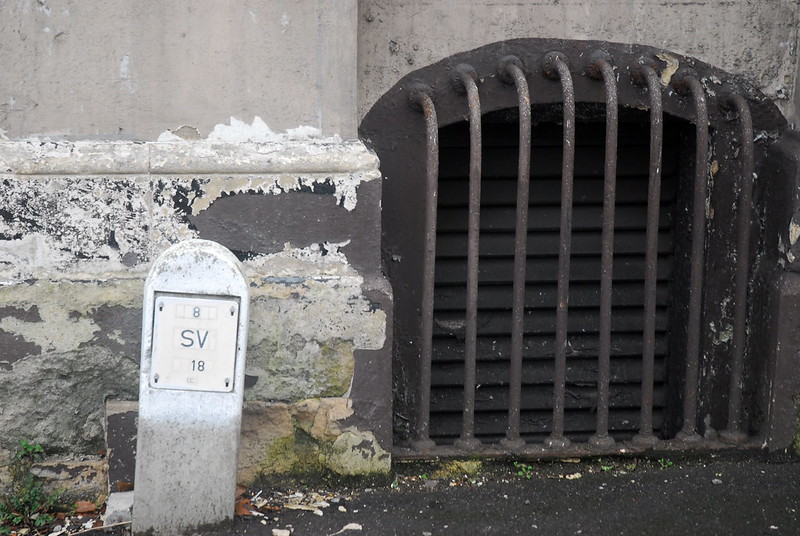
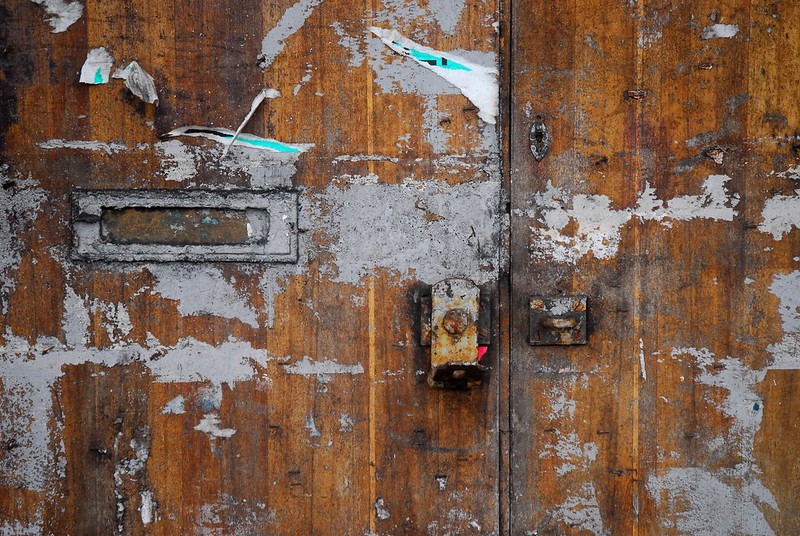
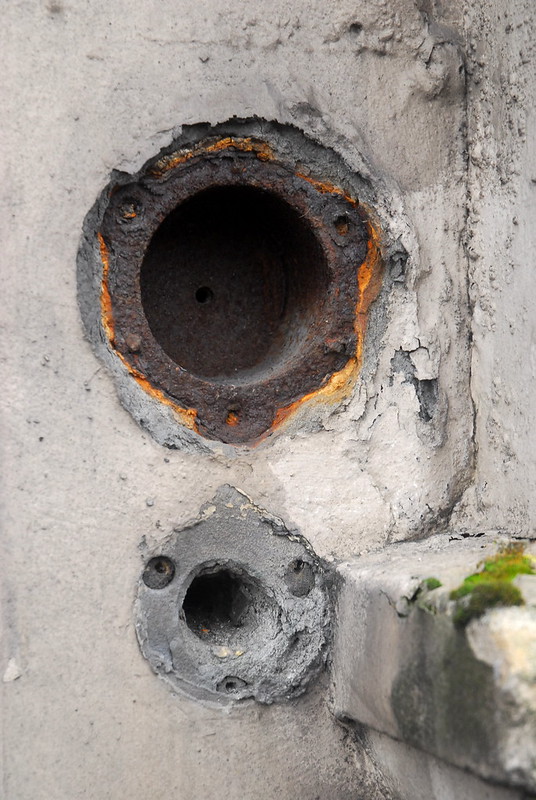
 Newer posts »
Newer posts »